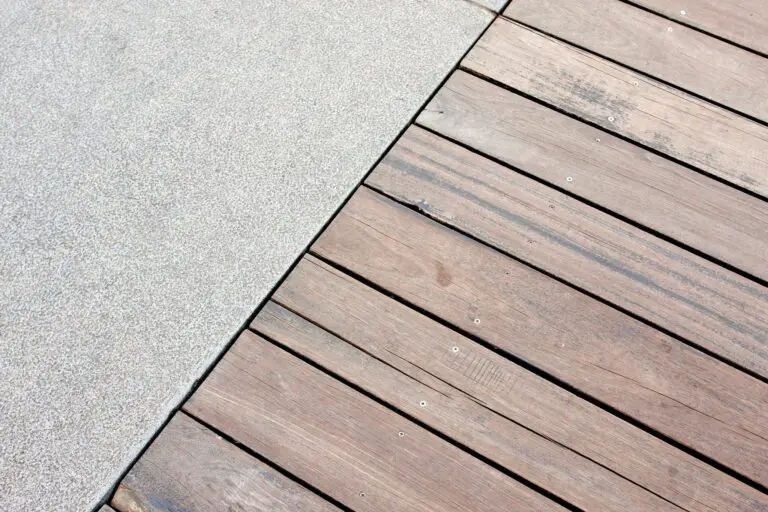Soundproofing Blankets: Do They Really Work?
Soundproofing is the process of reducing or preventing the transmission of unwanted noise from one place to another. Soundproofing can improve the quality of life, health, and productivity of people who live or work in noisy environments.
One of the methods of soundproofing is using soundproof blankets. These are thick, heavy, and dense blankets that can absorb and dampen the sound waves that hit them. Soundproof blankets can be used to cover windows, doors, walls, ceilings, floors, or any other surface that can transmit noise.
But do soundproof blankets really work? How effective are they in blocking or reducing noise? How do they work and what types of noise can they minimize? How can you use them and what factors should you consider when choosing them? In this article, we will answer these questions and provide you with a comprehensive guide on soundproof blankets.
How Soundproof Blankets Work
Soundproof blankets work by absorbing the sound energy that reaches them. Sound is a form of energy that travels in waves through a medium, such as air, water, or solid objects. When sound waves encounter a surface, they can be reflected, transmitted, or absorbed.
Reflection means that the sound waves bounce back from the surface, creating an echo or reverberation. Transmission means that the sound waves pass through the surface, reaching the other side. Absorption means that the sound waves lose some or all of their energy to the surface, reducing their intensity and volume.
Soundproof blankets are designed to maximize the absorption of sound waves and minimize their reflection and transmission. They are made of thick, heavy, and dense materials, such as cotton, polyester, fiberglass, or mineral wool. These materials have tiny air pockets or fibers that trap the sound waves and convert them into heat. The thicker, heavier, and denser the material, the more sound it can absorb.
Types of Noise a Soundproof Blanket Can Minimize
Soundproof blankets can minimize different types of noise, depending on their frequency and intensity. Frequency is the number of sound waves that pass a point in a given time, measured in hertz (Hz). Intensity is the amount of sound energy that reaches a point, measured in decibels (dB).
Generally, soundproof blankets are more effective in minimizing low-frequency and medium-frequency noise, such as traffic, machinery, or music. These types of noise have longer wavelengths and lower intensities, which means they can be more easily absorbed by the soundproof blankets.
However, soundproof blankets are less effective in minimizing high-frequency and high-intensity noise, such as sirens, alarms, or gunshots. These types of noise have shorter wavelengths and higher intensities, which means they can be more easily reflected or transmitted by the soundproof blankets.
Therefore, soundproof blankets can reduce the overall noise level, but they cannot block 100% of the outside noise. They can only dampen or deaden the noise to a more manageable level. The actual noise reduction depends on several factors, such as the thickness, weight, and density of the soundproof blanket, the size and shape of the surface it covers, the distance and angle of the noise source, and the ambient noise level.
When to Use a Soundproofing Blanket
Soundproofing blankets can be used in various situations and scenarios where you want to reduce the noise level or improve the sound quality. Some of the common uses of soundproofing blankets are:
- Covering windows and doors: Windows and doors are the main sources of noise transmission from outside to inside or vice versa. By covering them with soundproof blankets, you can block some of the noise and create a quieter environment. You can either hang the soundproof blankets over the windows and doors or attach them to the frames with velcro, hooks, or nails.
- Creating a vocal booth: If you are a singer, podcaster, voice actor, or musician, you may want to create a vocal booth where you can record your voice or music without any background noise or interference. You can use soundproof blankets to create a makeshift vocal booth in your closet, bedroom, or basement. You can either drape the soundproof blankets over a frame or a clothes rack or line the walls and ceiling of your space with them.
- Soundproofing a wall or a ceiling: If you have noisy neighbors or live in a busy street, you may want to soundproof your wall or ceiling to reduce the noise coming from the other side. You can use soundproof blankets to cover the wall or ceiling with nails, staples, or glue. Alternatively, you can create a false wall or ceiling with wooden frames and fill the gaps with soundproof blankets.
- Soundproofing a floor: If you have hardwood or tile floors, you may want to soundproof them to reduce the impact noise from footsteps, furniture, or appliances. You can use soundproof blankets to cover the floor with tape, glue, or carpet pads. You can also place soundproof blankets under the rugs, mats, or carpets to add an extra layer of sound absorption.
Choosing a High-Quality Soundproofing Blanket
Not all soundproof blankets are created equal. Some are more effective, durable, and aesthetically pleasing than others. When choosing a soundproof blanket, you should consider the following factors:
- Thickness: The thickness of the soundproof blanket determines how much sound it can absorb. The thicker the blanket, the more sound it can absorb. However, thicker blankets are also heavier, bulkier, and more expensive. You should choose a thickness that suits your needs and budget. A good rule of thumb is to choose a blanket that is at least 2 inches thick.
- Weight: The weight of the soundproof blanket determines how well it can hang or stay in place. The heavier the blanket, the less likely it is to sag or fall off. However, heavier blankets are also harder to handle, install, and store. You should choose a weight that is manageable and safe. A good rule of thumb is to choose a blanket that weighs between 10 to 20 pounds per square yard.
- Density: The density of the soundproof blanket determines how tightly packed the material is. The denser the blanket, the more sound it can absorb. However, denser blankets are also stiffer, rougher, and less breathable. You should choose a density that is comfortable and effective. A good rule of thumb is to choose a blanket that has a density of at least 0.8 pounds per cubic foot.
- Material: The material of the soundproof blanket determines how soft, smooth, and durable it is. The material also affects the appearance and style of the blanket. You should choose a material that is high-quality, long-lasting, and easy to clean. Some of the common materials used for soundproof blankets are cotton, polyester, fiberglass, and mineral wool. You can also choose a material that matches your decor and preference.
- Size: The size of the soundproof blanket determines how much area it can cover. The larger the blanket, the more noise it can block or reduce. However, larger blankets are also more expensive and harder to store. You should choose a size that fits your space and purpose. You can either buy a standard size blanket or a custom size blanket that meets your specifications.
Conclusion
Soundproof blankets are a simple and affordable way to soundproof your living spaces. They work by absorbing the sound waves that hit them and reducing their intensity and volume. They can minimize different types of noise, such as traffic, machinery, or music, but they cannot block 100% of the outside noise. They can only dampen or deaden the noise to a more manageable level.
Soundproof blankets can be used in various situations and scenarios, such as covering windows and doors, creating a vocal booth, soundproofing a wall or a ceiling, or soundproofing a floor. When choosing a soundproof blanket, you should consider the thickness, weight, density, material, and size of the blanket. You should also compare the prices and reviews of different brands and models of soundproof blankets.
We hope this article has helped you understand how soundproof blankets work and how to use them effectively. If you have any questions or comments, please feel free to leave them below. Thank you for reading and happy soundproofing!






